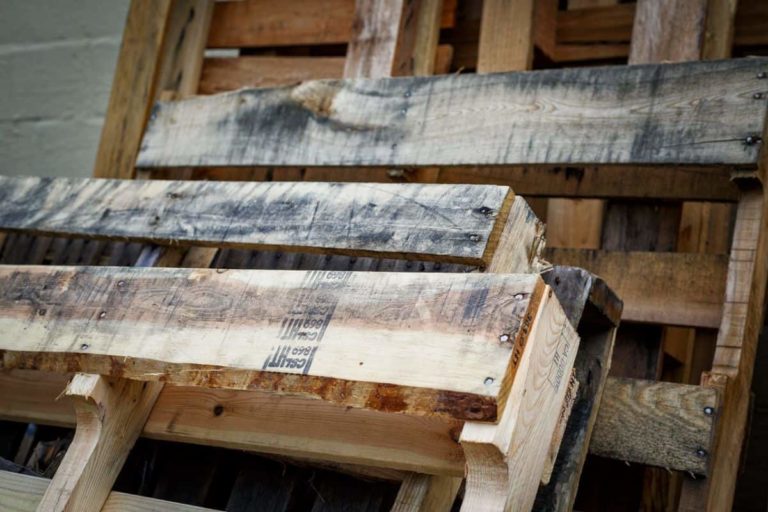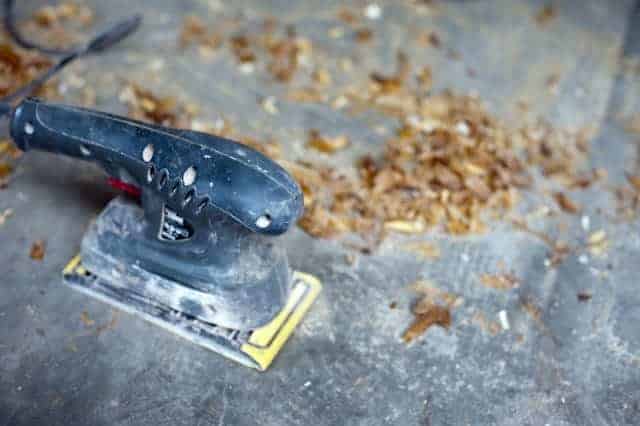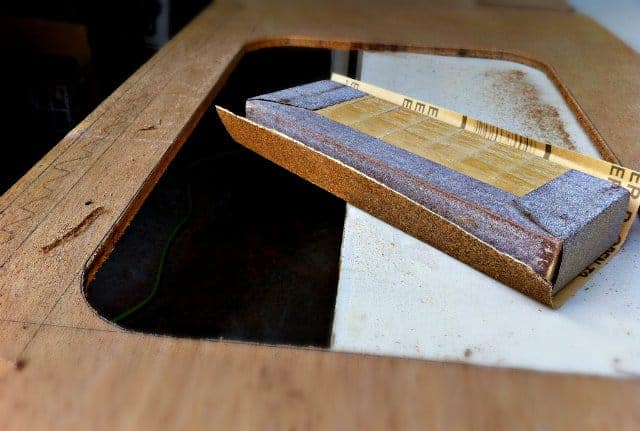Tool Tips: How Often and When to Change Sandpaper-A Quick Guide for Beginners
This post includes affiliate links. If you decide to make a purchase through my link, I might get a small commission for it at no additional cost to you. Thank you for supporting Upcycle This DIY That!
Sandpaper is a material that most of us brush off as something mundane or unimportant. It’s not exactly the cool new gadget everyone wants to try out.
Still, it is an essential part of woodworking – so what are some things you should know about sandpaper?
Well, for starters, how often and should you change your sandpaper? And when would be the best time to do it? So here are some tips on how to use sandpapers effectively.
YOU MAY ALSO BE INTERESTED IN:
Wood Sanding Tips for Upcycling and Pallet Projects
A Quick Guide to Sandpaper for Woodworking
Best Sander for Pallets
Best Finishing Sander-Buying Guide And Sanders Reviews
Best Sander to Remove Paint
Best Random Orbital Sander – Buying Guide And Sander Reviews
Best Benchtop Belt Sander Models- Reviews And Buying Guide
Sanding is a necessary part of woodworking. No matter how careful you are with your measurements and cuts, you will inevitably have to sand down something.
Whether to remove paint from a project, remove splinters and marks on the wood to apply a finish, or smooth out a rough cut.
Because there are so many different types of sandpaper available (for every kind of finishing process), knowing when to change them is extremely important.
If you don’t regularly change your sandpaper, it becomes dull and ineffective as an abrasive(meaning that wood won’t be smoothed properly and stains and finishes might not take as well as they would otherwise).
Knowing how frequently to change them is essential for maximizing their lifespan and ensuring that you get the most out of them.
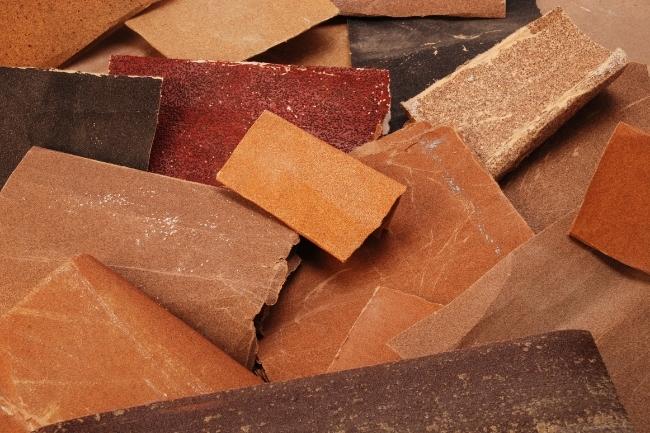
When to change sandpaper?
Typically, you can use sandpaper until it’s no longer flat (meaning noticeable warps or tears) or until it becomes clogged with debris. So If you notice that your sandpaper isn’t doing its job as effectively as it used to, then it’s time for a change.
Additionally, you should always change your sandpaper when you switch from one type of finishing process to another. For example, if you’re going from sanding down a surface to make it ready for painting to sanding down a surface to apply a sealant.
Different types of sandpaper are meant for various specific tasks, so using the wrong type can actually do more harm than good.
How often should you change sandpaper?
This depends on how often you use your sandpaper and on the task at hand. If you’re just doing some light touch-ups here and there, you might be able to use the same sandpaper for a few days or weeks.
However, if you’re doing a major refinishing project, then you might need to change your sandpaper every day or two.
As a general rule of thumb, it’s always a good idea to have multiple sheets of sandpaper on hand so that you can switch them out as needed. This will help to ensure that you’re always using the sharpest, most effective paper possible.
Of course, if your goal is to smooth/finish the wood surface and smooth things down (which will require finer grits) without removing a lot of material.
Then, in that case, you might not need to replace your paper as often because you won’t be wearing it down as quickly.
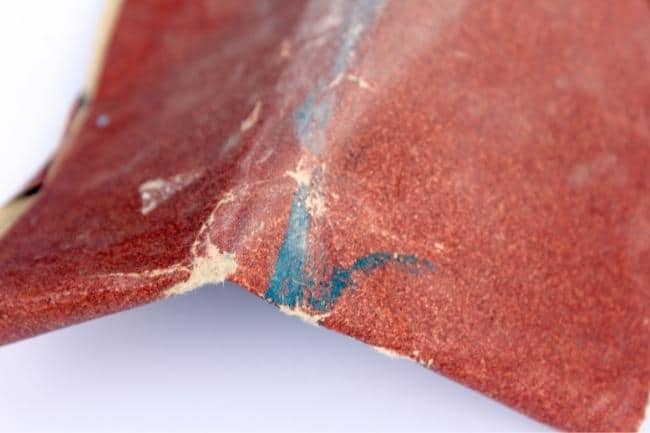
Sanding is a necessary part of woodworking, but it can also be tedious and time-consuming. That’s why it’s essential to use the correct type of sandpaper for the job at hand and replace it when it becomes ineffective.
By following these tips, you can ensure that your sandpaper lasts longer and that you’re always getting the best results possible. Check out this Quick Guide to Sandpaper for Woodworking if you want to learn more. Thanks for reading!
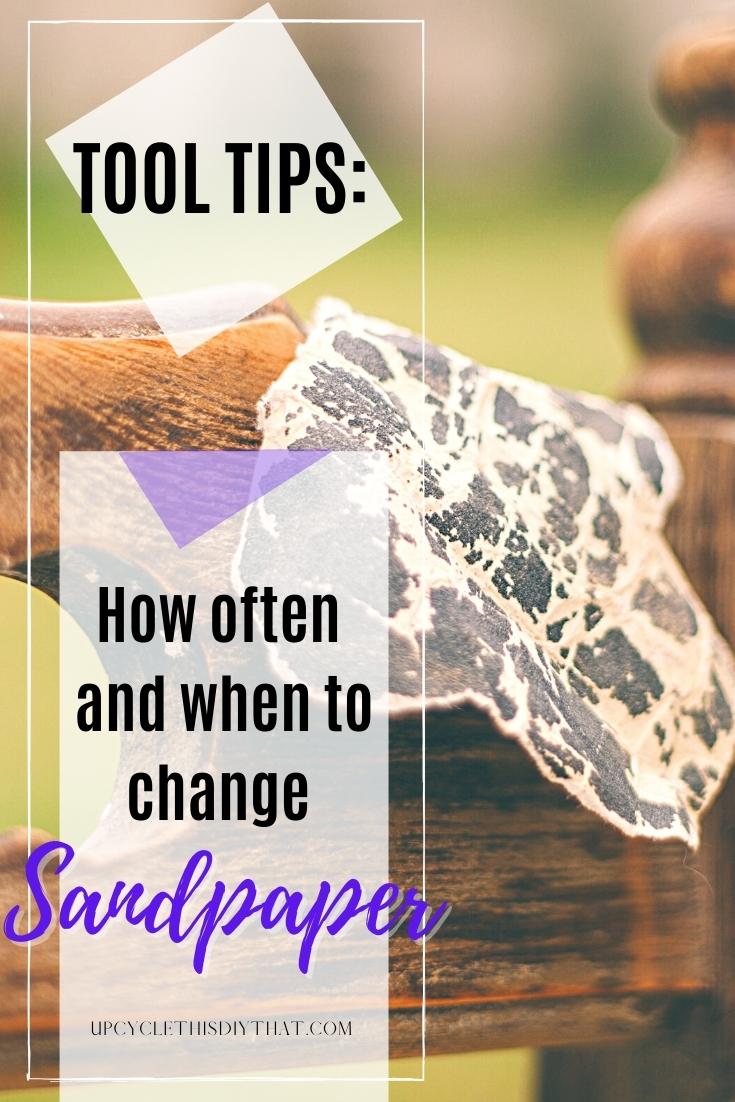
Subscribe To My FREE DIY Newsletter!
Stay in touch and receive things like updates, special offers, new projects, tips, gear reviews, and more. No spam, promise!
By entering your email address, you agree to get an email newsletter from UpcycleThisDIYThat. I’ll respect your privacy, and you can unsubscribe at any time. For more details, review our Privacy Policy.




